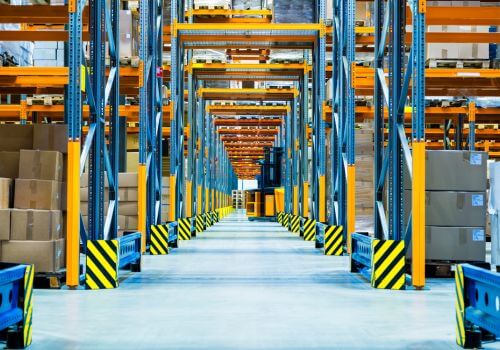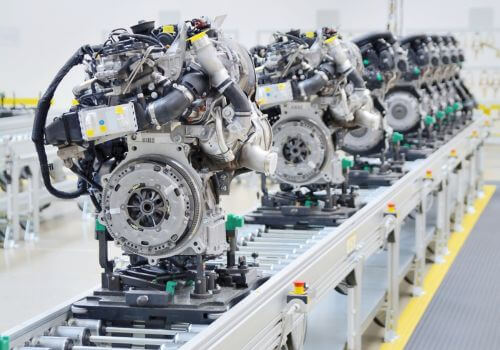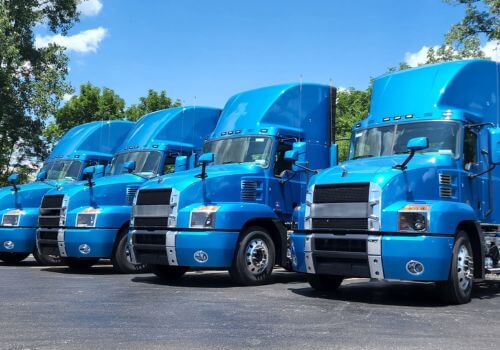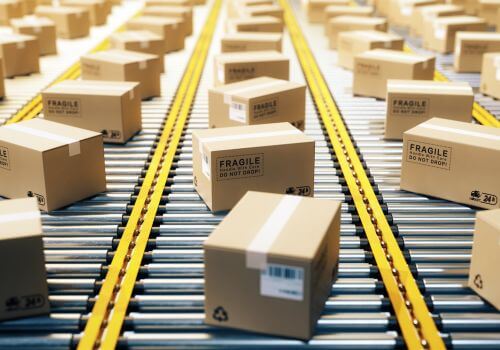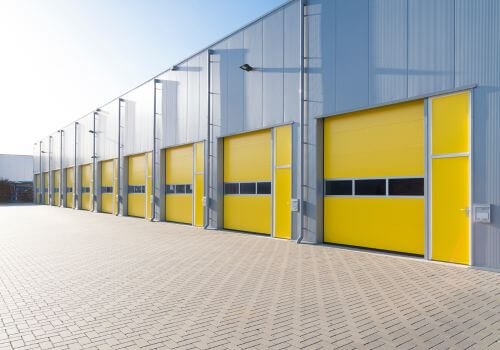Kitting in logistics is an essential process that enhances efficiency, accuracy, and cost-effectiveness in the supply chain. Whether it’s for fulfilling customer orders, managing inventory, or streamlining assembly processes, kitting simplifies complex tasks by grouping together various items into a single unit. This not only makes the fulfillment process quicker but also improves customer experience and inventory management. In industries ranging from manufacturing to e-commerce, kitting has become a cornerstone of operational efficiency. Below is a detailed exploration of kitting, its significance, and real-world applications.
What is kitting? The definition
Kitting, in the logistics and supply chain context, refers to the process of compiling various individual items (components, parts, or finished products) into a single unit, which is treated as one entity in inventory and order processing. These assembled “kits” are then stored, picked, packed, and shipped as a singular SKU (Stock Keeping Unit), even though they contain multiple separate items. The practice is commonly used to simplify order fulfillment, reduce costs, and enhance inventory control.
For example, in an e-commerce setting, a kit might consist of a laptop, charger, case, and a mouse, which would be assembled and shipped together, rather than picking each item separately from different areas of the warehouse.
What are the importance of kitting in logistics?
Kitting is a strategic function that directly impacts several facets of the supply chain. Below are the key reasons why kitting holds significant importance in logistics.
Efficiency in fulfillment
Kitting dramatically enhances the efficiency of the fulfillment process. In a traditional system, fulfilling an order that includes multiple individual items might require picking them from different warehouse sections, which consumes time and labor. With kitting, these items are pre-assembled, allowing the picker to simply select one prepared kit. This reduces labor-intensive picking, packing, and overall processing time. As a result, companies can process a higher volume of orders in a shorter period.
For instance, in an online retail environment, when a customer orders a gaming console bundle (console, extra controller, game, and warranty), the kit would already be prepared in advance. This eliminates the need to pick each item separately, speeding up fulfillment.
Reduction in errors
In a busy warehouse or production environment, there is always the risk of human error, especially when multiple items are involved in an order. Kitting helps to minimize these mistakes. By pre-assembling the necessary components into a kit, there’s no risk of missing or misplacing individual items during the picking and packing stages. The kit guarantees that everything required for a specific order is included, which reduces the likelihood of incorrect or incomplete shipments.
For example, if a customer orders a repair kit for home plumbing, the kit would contain all the necessary components such as wrenches, seals, and washers. Without kitting, there is a higher risk of sending the wrong type of seal or forgetting to include a specific tool.
Cost savings
Kitting plays a crucial role in cost reduction across several logistics aspects. First, by enhancing operational efficiency and reducing errors, labor costs are cut. Workers spend less time assembling multiple items and making fewer mistakes reduces the cost associated with returns or customer service claims. Additionally, optimized kitting processes can lead to more efficient packaging, which helps reduce shipping costs by minimizing wasted space and excess weight.
A good example is in the electronics sector, where manufacturers ship pre-packaged kits containing accessories and components, allowing them to cut down on packaging materials and space used in shipping containers.
Improved inventory management
Tracking individual components can be complex and time-consuming, especially when there are large inventories involved. Kitting simplifies inventory management by consolidating multiple SKUs into a single SKU. This improves stock visibility and forecasting. Warehouses can more easily track kits as one product rather than tracking each individual item. This also allows for more efficient restocking and inventory control, as companies only need to monitor kit levels instead of multiple product parts.
For instance, in the automotive industry, an assembly plant might use kits that contain all the necessary parts to build a car’s engine. Instead of tracking hundreds of individual parts, the plant can focus on the availability of these engine kits, making inventory management far simpler.
Customization and personalization
Kitting allows companies to offer custom or personalized product bundles that cater to specific customer preferences. This is especially beneficial in industries where customization is a key selling point. Offering custom kits improves the customer experience and satisfaction, as they can receive exactly what they need in one neatly assembled package. Moreover, personalized kits can enhance brand loyalty and customer retention, as businesses can offer tailored solutions.
An example of this can be seen in subscription-based businesses, such as those that provide monthly beauty or wellness kits. Companies often allow customers to customize the contents of their monthly deliveries based on personal preferences, bundling everything in one kit.
5 real-life examples of kitting in the logistics industry
Kitting is widely used in many industries to streamline operations, reduce errors, and improve customer satisfaction. From manufacturing to e-commerce, businesses rely on kitting to save time and lower costs. Here are some real-life examples of how kitting boosts efficiency and simplifies logistics.
1. Subscription boxes
Subscription boxes are one of the most prominent real-life examples of kitting in action. Companies that provide subscription services—such as beauty products, snacks, or monthly books—use kitting to assemble various products into a single package. Each month, a curated selection of items is grouped together and shipped to customers as one kit. This model not only streamlines the packing process but also provides a customized experience for subscribers.
For example, a meal delivery service like Blue Apron prepares meal kits that contain all the necessary ingredients and recipe instructions. The customer receives everything they need to cook a meal in one package, simplifying the logistics on both ends.
2. Manufacturing and assembly
In manufacturing, kitting is widely used to organize components needed for the assembly line. Workers on the line receive pre-assembled kits containing all the necessary parts for assembling a product, which eliminates the need to stop the line to search for individual components. This process significantly increases production efficiency and minimizes downtime.
For instance, in the automotive industry, kitting is used to compile all the bolts, screws, and smaller components required to build a specific part of a vehicle. These kits are sent directly to the assembly station, allowing workers to focus solely on assembly.
3. E-commerce
E-commerce companies use kitting to streamline the order fulfillment process, especially when offering product bundles. Instead of picking and packing individual items from different sections of the warehouse, kitting allows businesses to prepare these bundles ahead of time, reducing labor and speeding up shipment times.
For example, Amazon often offers tech bundles, such as a camera with lenses, batteries, and memory cards. These items are picked and packed as a kit, rather than being selected individually when the order is placed.
4. Healthcare
Kitting is also critical in the healthcare industry, especially in hospitals and clinics. Medical professionals often rely on pre-assembled kits that contain all the instruments and supplies necessary for a procedure. These kits help save time and reduce the risk of missing crucial items, which can be lifesaving in emergency situations.
An example would be surgical kits that contain all the sterilized tools needed for a specific surgery. The medical staff can simply open the kit and have everything they need on hand, ensuring a smooth and efficient procedure.
5. Promotional bundles
Companies frequently create promotional kits that bundle multiple products together as part of a marketing campaign or special offer. This not only simplifies the logistics of shipping but also adds value for customers, encouraging them to buy the bundle instead of individual items.
For example, a cosmetics company might offer a limited-time skincare bundle, where a cleanser, moisturizer, and serum are packaged together in a kit and sold at a discount. The company saves on packaging and shipping costs while customers receive a convenient and cost-effective bundle.
In summary, Kitting in logistics is the process of grouping individual items into a ready-to-ship package, to help simplify order fulfillment, reduce errors, and speed up delivery.

